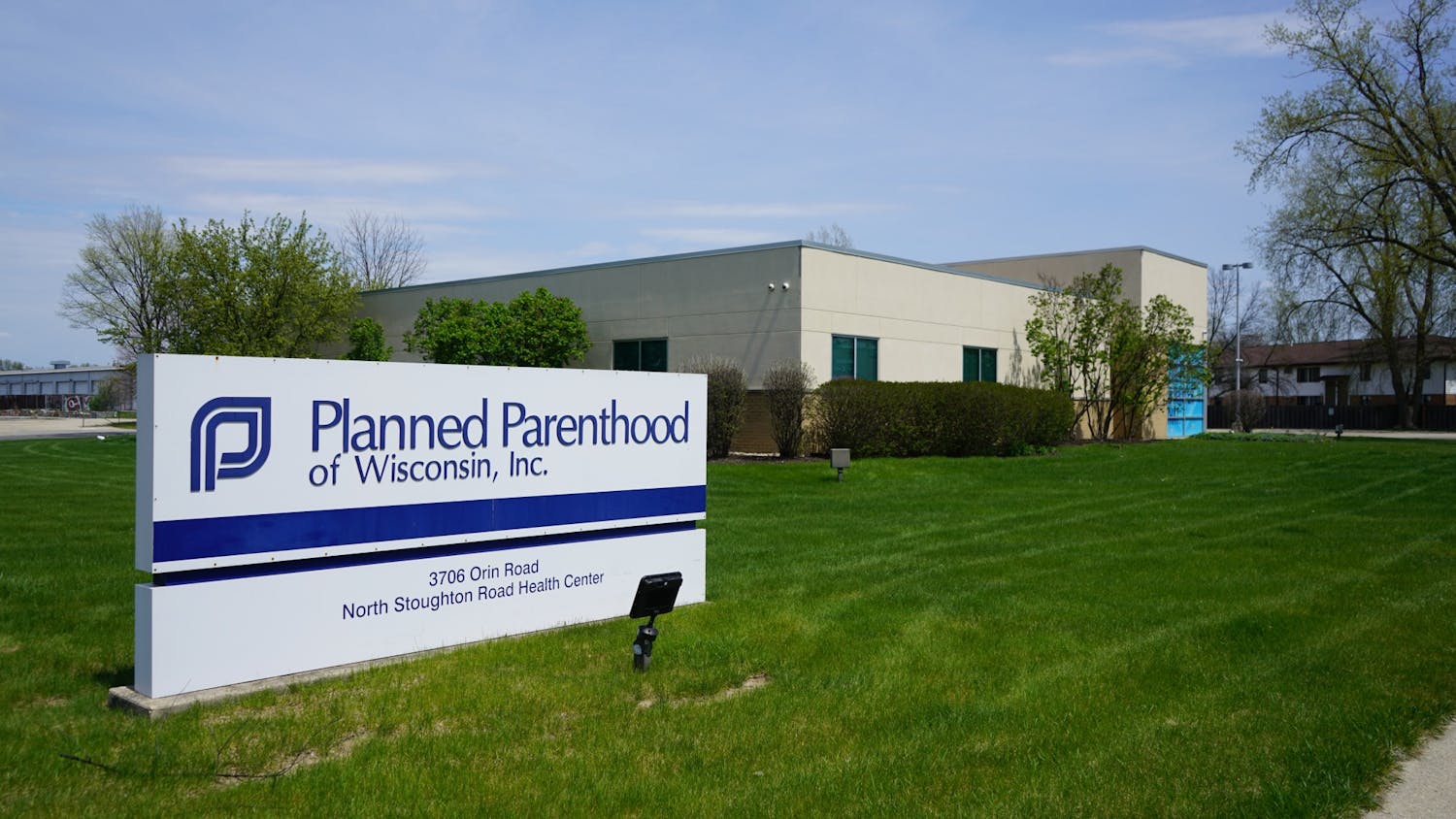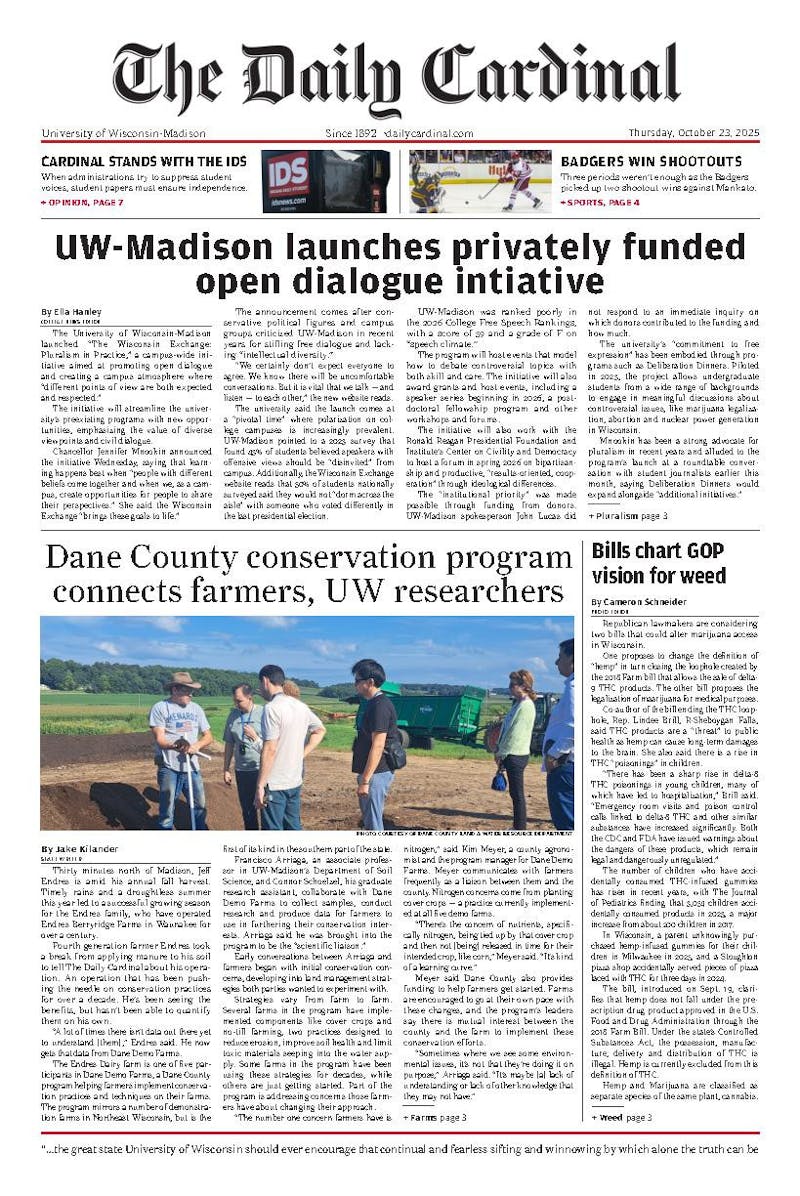UW Senior Sara Schoenborn's identity is about to change. After five years, she's switching from PC to Mac.
""I started using Macs in the Life Sciences Communication labs and I really liked them,"" she said. ""It's different, but it is so easy to learn, operates faster and has better quality.""
Schoenborn is not alone. UW students and staff are increasingly leaving PCs and moving toward Macs, reflecting national trends.
According to the 2009 UW-Madison Department of Information Technology student and faculty survey report, student use of Macintosh Operating System has increased to 33 percent, up from 28 percent in 2008. Similarly, 33 percent of faculty and staff are now using Mac OS, an increase from 29 percent in 2008.
Although neither Apple nor DoIT would release exact sales figures, DoIT Techstore Manager Howie Mead said he has seen a movement toward Macs in all audiences.
In October, Apple posted a 47 percent profit increase in the fourth quarter, its most profitable ever. The report said Apple also sold 3.05 million Macintosh computers in the quarter, a 17 percent unit increase from the 2.6 million sold in the previous year's fourth quarter. In 19 of the last 20 quarters, Macintosh sales have grown faster than the PC market.
Mead said one main reason people are buying Macs is virus protection.
""People are tired of fighting viruses and other security issues,"" Mead said.
""Right now Windows still has the majority of the audience out there,"" he said. ""If anybody is writing malicious software to attack computers, they're going to write it to get the biggest audience for the biggest bang.""
According to marketshare.hitslink.com, Windows had a 92.5 percent market share last month.
UW Engineering student Lyn Sanwald grew up watching her mother struggle with viruses on her work PC.
""My mom works on Dell and HP computers and I see how many she goes through,"" said Sanwald. ""Because of the way they download files, she gets viruses constantly.""
So when it was her turn to have her own computer for college three years ago, Sanwald knew she wanted a Mac.
""Macs are more user friendly, have a lot of personalized options and are easier to navigate,"" she said.
Problems with Microsoft's operating system Vista have also fed the flight from Windows to Mac, according to Mead.
""There were a lot of problems when Vista first came out,"" he said. ""So a lot of people had many bad experiences.""
Even the new Windows 7 won't pull people back from Macs, Mead said.
""Windows 7 is what Vista should have been,"" he said. ""But it's still not going to solve security issues because Windows is still a bigger target.""
Mead said the biggest concern people have about switching is that they're not familiar with Macs.
""What we tell people, no matter their background, is that going from Windows to Mac is a little bit of a learning curve, but it isn't a whole lot different than going from XP to Vista,"" he said.
Mead said most people say their friends and family own Macs and they want one too. His advice to people looking to purchase a Mac is to identify first why you want to switch, then identify what kind of programs you're going to be running.
""If they don't run in the Apple environment, then you have the option of purchasing a laptop with both operating systems,"" he said. ""Overall, you'll have a more versatile machine.""
The Mac's sleek design and personalized features also attract students looking for style and functionality.
""It seems to do everything a PC can do and more,"" Schoenborn said.
According to Mead, reduced prices for Macs have driven up sales.
""One of the reasons people didn't buy Apple before was the price,"" he said. ""Now the laptops are closer in terms of pricing and are more comparable if you look at what you're getting.""





